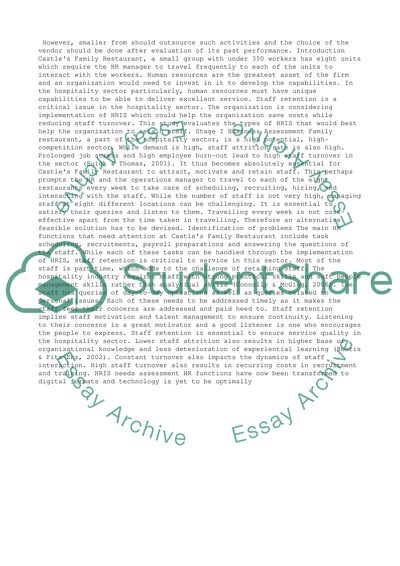Cite this document
(“Castle's Family Restaurant Research Paper Example | Topics and Well Written Essays - 3000 words”, n.d.)
Retrieved from https://studentshare.org/business/1449483-castleyies-family-restaurant
Retrieved from https://studentshare.org/business/1449483-castleyies-family-restaurant
(Castle'S Family Restaurant Research Paper Example | Topics and Well Written Essays - 3000 Words)
https://studentshare.org/business/1449483-castleyies-family-restaurant.
https://studentshare.org/business/1449483-castleyies-family-restaurant.
“Castle'S Family Restaurant Research Paper Example | Topics and Well Written Essays - 3000 Words”, n.d. https://studentshare.org/business/1449483-castleyies-family-restaurant.


